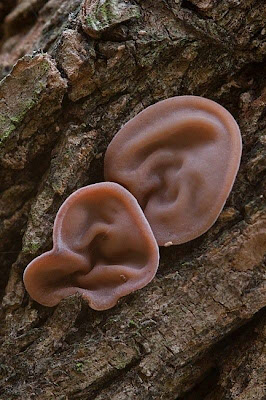Although HIV is still at large on the loose, its
infection rates have reduced around the world according to figures
released by the United Nations
AIDS agency. The report shows
that the annual number of new HIV infections in children has more than halved
since 2001, from 550,000 to 260,000.
New infections overall have tumbled by a
third over the same period. Death rates are falling too, from a peak of 2.3
million in 2005 to 1.6 million last year.
It is believed that many
of the reductions are related to increases in the availability of
antiretroviral therapy. Of everyone eligible for treatment globally, 61 per
cent are now receiving ART – almost 10 million people in total.
Other
key factors that may have helped reduce infection rates include scaled-up
programmes to prevent mothers with HIV passing the virus to their babies, and
the increase of male
circumcision programmes in
Africa.
Recent changes to eligibility rules mean an additional 10 million can now
receive ART, raising hopes of further success.
Source: NewScientist







